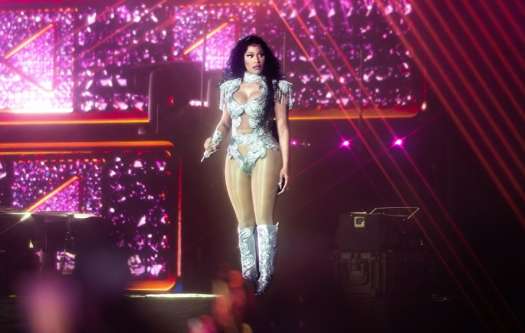In Los Angeles Plays Itself, Thom Andersen deconstructs Los Angeles as a city, a subject and a venue. It's hard not to compare it to Rick Burns's documentary about New York, although there are some important distinctions: there are no historical photos used and no interviews. Los Angeles (and it's important to say Los Angeles rather than L.A., since Andersen makes a point of saying how much he hates the diminutive short form) is composed entirely of edited pieces of movies. The entire budget must have been spent on research and licensing.
For every point he makes, whether its misplaced geography, maligned architecture or public transportation, he uses a suitable clip as illustration. It's a bit of a movie geek's dream clip after clip, from early silent era to modern cinema. Some images suffer from video transfer and deterioration of film stock but this is easily forgotten when compared to the sheer volume of films used.
Neatly divided into subsections, Los Angeles Plays Itself is well-suited for the small screen. It's a dense film filled with musings on the history and political structure of the city and, most importantly, a study of the role it has played in cinema and pop culture. This sounds ponderous, and occasionally it is heavy-handed, but Andersen tempers his philosophies with a good deal of humour. He is a man that loves his home and realises that although many recognize it, few actually know it.
Here, Andersen plays the good host, shows us the sights and buildings we recognise from the movies, connecting D.O.A., Blade Runner and Wolf by their shared architecture. Andersen visits neighbourhoods we don't normally see, rides the city buses and presents Los Angeles as never before in a starring role that's long over due. (Thom Andersen)
Los Angeles Plays Itself Thom Andersen

BY Kathleen OlmsteadPublished Nov 17, 2016



